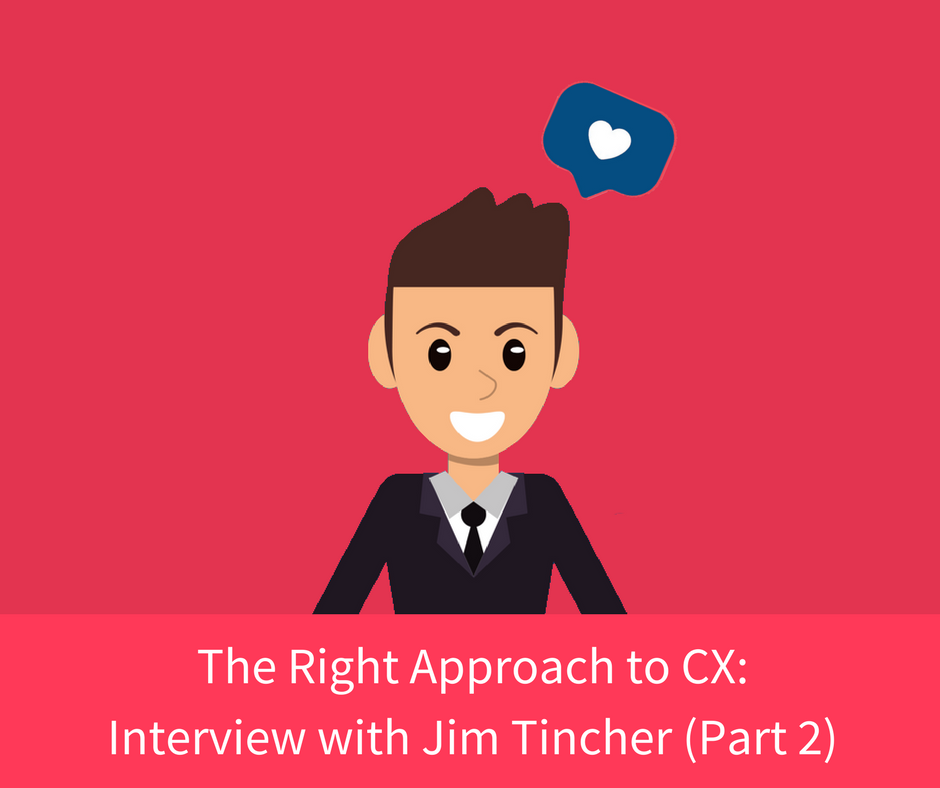The Customer Experience You Didn't Know About
Guest Post by Colin Shaw, Beyond Philosophy

Guest Post by Colin Shaw, Beyond Philosophy
Loyalty is a popular buzzword in customer experience, and many organizations try to manufacture it with customer loyalty rewards programs. While these programs have their place, they aren’t the ultimate key to loyal customers. Instead, loyalty is built through your customers’ memories of you. Good memories create loyalty. Bad ones destroy it.
So, to improve customer loyalty, it’s important to think about the way memories are created and the types of memories your customers have after interacting with you.
Customers form memories about your organization based on their experiences with you. They’ve been to your store before, and if they have a good memory of it, they may visit you again, ultimately becoming loyal customers.
Daniel Kahneman, a behavioral economist who won the Nobel Prize in Economics in 2002, says that emotional reactions are important to someone’s memory of an experience, and there are two that stand out: the peak emotion they felt, and the last emotion they felt. He calls this the “Peak-End Rule.” In fact, Kahneman says the end emotion is especially important—more so even than the peak emotion.
The peak emotion during a customer’s experience can be positive, like joy or euphoria. Or it can be negative, like frustration, anxiety or anger. And the same is true of emotions at the end of an experience. If the emotions your customers remember are negative ones, they are less likely to want to do business with you again.
One way to understand this is to compare memory formation to a document in Microsoft Word. Each time you open the document and save it, the saved document replaces the old one. And so, each new memory can override old ones. For example, on a customer service call, it’s common for the customer to have to explain his or her problem multiple times. Each new recounting reinforces the negative memory, so that the overall impression after the call is even more negative than when it started. On the flip side, a new, positive emotional experience can override previous negative ones.
To apply the peak-end rule in your organization, you need to identify the specific emotions your customers are feeling at different points in their interaction with you. There are four steps to this process.
1. In your experience, what is your customers' peak emotion, and when do they feel it?
For example, if you provide telephone customer service for technology products, your customers’ peak emotion might be joy at the moment their software problem is solved. This might come toward the end of the customer service call. But peak emotions are not always good. The peak emotion could also be anger, midway through the call, at having been transferred six times.
2. What peak emotion do you want your customers to feel, and when?
Most organizations have never defined the emotions they want to evoke in their customers. Usually, your desired peak emotion should be a strong, positive emotion that can drive value for your organization.
3. What is the end emotion that your customers feel?
Sometimes it can be hard to identify the end emotion, especially in situations where you and your customer have an ongoing relationship. For example, if you are a cell phone provider with subscribers who stay with you for years, it may seem that there is no end emotion. But your subscribers’ relationships with you can be broken into several smaller experiences – the end of a customer service call, for example, is when the customer puts down the phone. In a restaurant it may be when they pay their bill or when then walk out the door.
4. What end emotion do you want your customers to feel?
Organizations that don’t think about this can finish interactions in a way that leaves customers with a bad taste in their mouth, destroying value.
Once you’ve answered these questions, you’ll see the emotions your organization is creating for customers now, and you’ll know where you’d like to be in the future. From there you can begin designing a customer experience geared toward making your customers feel the peak and end emotions you’d like them to have.
 Colin has been recognized by LinkedIn as one of the world's top 150 business influencers where he now has over 277,000 followers of his work. He has also been voted one of the ‘Top Marketing Thought Leaders over 50’ by Brand Quarterly. Colin has written six bestselling books on Customer Experience. He is Founder & CEO of Beyond Philosophy, a consultancy, training and research company that helps organizations move their Customer Experience to the next level.
Colin has been recognized by LinkedIn as one of the world's top 150 business influencers where he now has over 277,000 followers of his work. He has also been voted one of the ‘Top Marketing Thought Leaders over 50’ by Brand Quarterly. Colin has written six bestselling books on Customer Experience. He is Founder & CEO of Beyond Philosophy, a consultancy, training and research company that helps organizations move their Customer Experience to the next level.

Guest Post by Colin Shaw, Beyond Philosophy

In part-one of our interview, Jim - founder of Heart of the Customer and Certified Customer Experience Professional (CCXP) - provides many great...

Guest Post by Jeannie Walters, CCXP Customer journey mapping can be a powerful tool to truly understand your customers, innovate around new ways to...